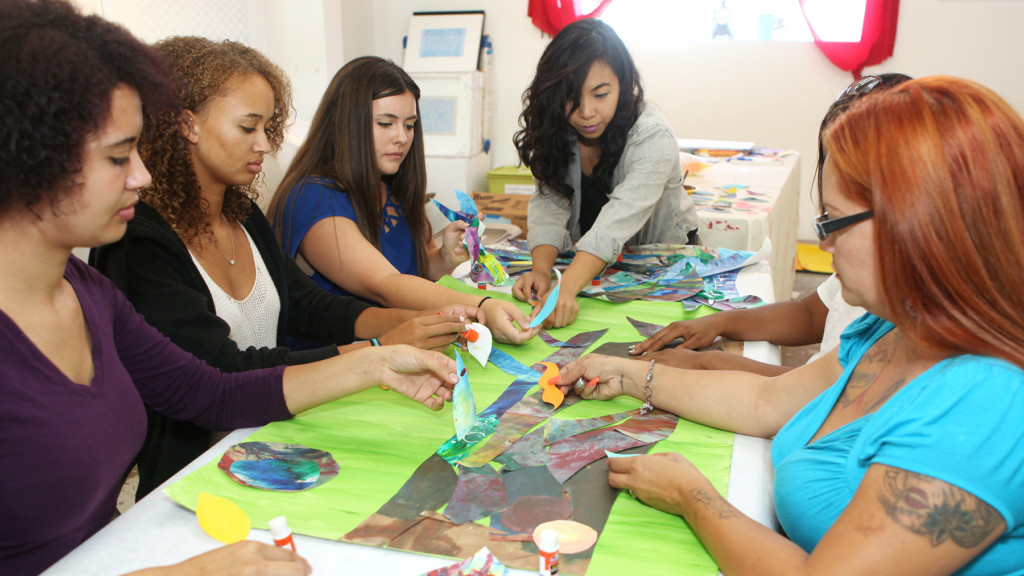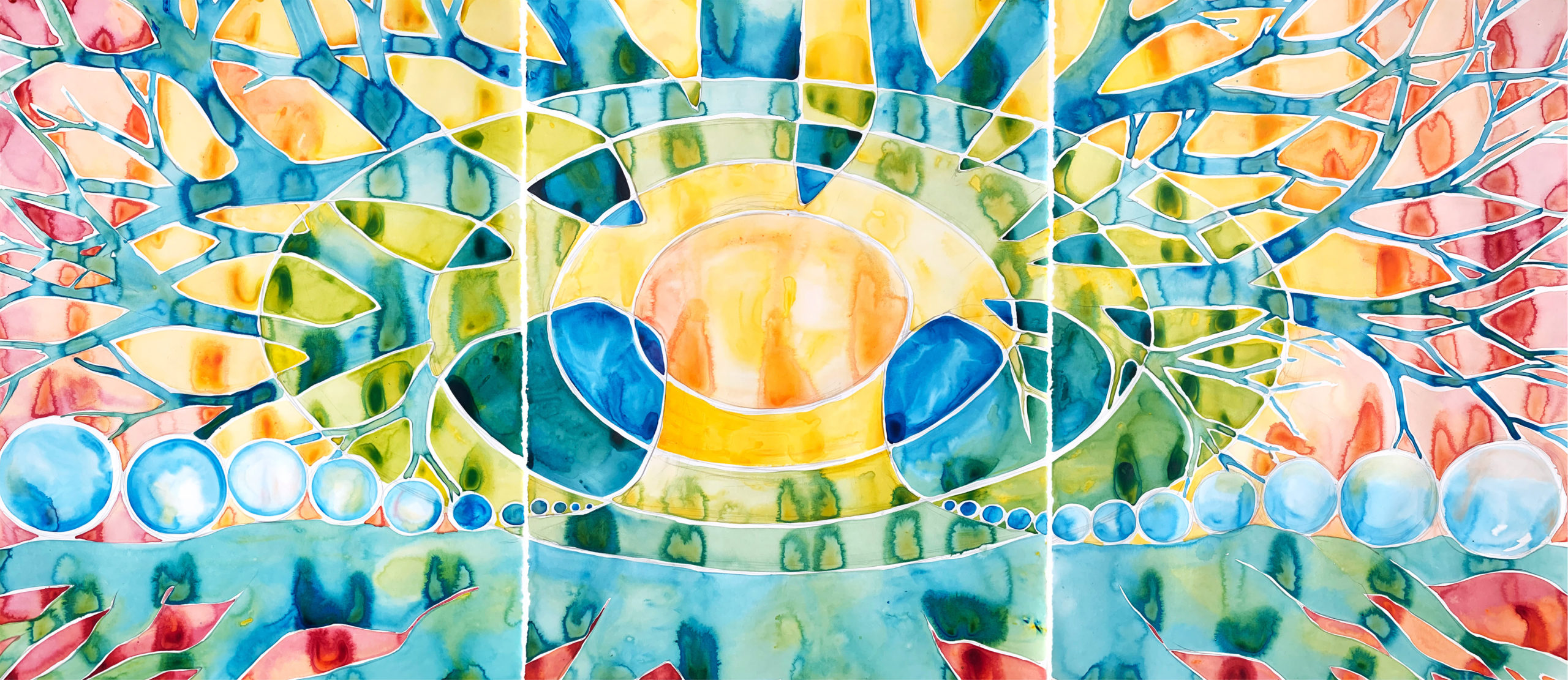In 1981, the Centers for Disease Control and Prevention (CDC) published a report about an unusual outbreak of an illness by a normally harmless fungus that killed five healthy men. In 1982, The New York Times published an article about the new immune system disorder which had killed 136 of 335 affected people. Efforts to fight the disease were ineffectual until it was discovered that it, and other unusual outbreaks, was caused by a virus which they named HIV/AIDS.
I created this workshop to help you discover the ways in which the unresolved trauma of racism has personally affected you.
What does this have to do with racism? Systemic racism has plagued America since the first Europeans came and began the genocide of the indigenous people. It then became a pandemic with the enslavement of Africans. Until now, fighting racism has been only marginally successful despite surface concessions from integration laws. “Surface,” because nothing that supposedly made America post-racial has decreased hate groups and their crimes. They’ve reached the point where the Department of Defense considers them to be the greatest threat to national security. If this is “post-racial America,” how can that be possible?
As with the AIDS virus, we haven’t successfully stopped racism because we keep fighting surface symptoms like redlining, voter suppression and racially motivated murder, without addressing the root cause of the problem.
Resmaa Menakem’s book, “My Grandmother’s Hands: Racialized Trauma and the Path to Mending Our Hearts and Bodies,” addresses racism as being the result of trauma suffered by white people. If we look at racism that way, we can begin to end racism by healing its cause rather than mopping up its symptoms.
I created this workshop to help you discover the ways in which the unresolved trauma of racism has personally affected you. My hope is that by examining the trauma you’ve experienced you can then move down the path to healing and help dismantle this terrible system of inequality.
Exploring your experiences with racism can bring up challenging feelings so be sure to give yourself deep self-care after you finish your worksheet. Soak in a hot bath, meditate, listen to soothing music… Do whatever makes you feel calm and centered.
Racism is an important topic we’re just beginning to discuss in America. If you’re comfortable doing so, sharing your art and your feelings about it can be the start of meaningful conversations with family, friends, co-workers and clients.
Going forward, I invite you to refer to your creation to ground yourself in the understanding of the root causes of racial trauma as we work to weed it out of ourselves and society as a whole.
Fran Sutton-Williams
Author, AWBW Anti-Racism Group Facilitator & Workshop Author
Los Angeles, California
Utilize this worksheet to look at how racial trauma has affected your life.
Download Worksheet
Want to utilize art to help people explore the roots and symptoms of racism and other forms of trauma in their lives?
Attend a Training Apply for a Social Justice Fellowship
A Window Between Worlds (AWBW) supports hundreds of direct service organizations across the country to incorporate creative expression into their work with trauma survivors. With this blog we uplift the voices of our art workshop facilitators and participants. We invite you to take in this perspective, notice what resonates and explore how it may fit into your life.





